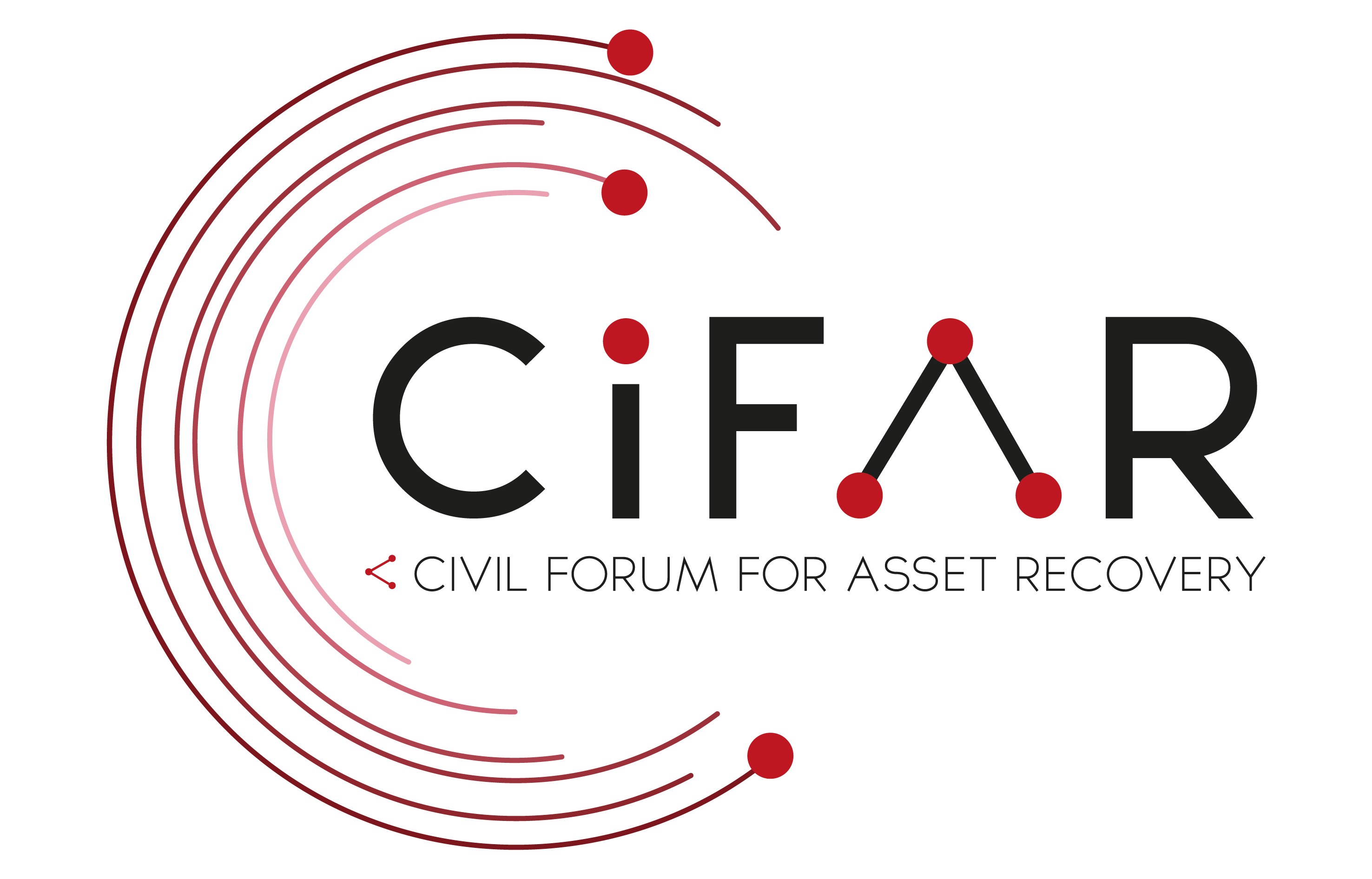Between 16-17 June 2025, CiFAR attended the conference on Asset Recovery and Compensation to Victims in Maputo, Mozambique, organised by CIP Mozambique and Transparency International. Bringing together participants from Africa, Europe, and Latin America, the conference offered a platform to reflect on progress, challenges and gaps in asset recovery. Representatives from governments, law enforcement, civil society, and international organisations gathered to share experiences, challenges, and discuss practical solutions to ensure that asset recovery delivers not only justice but also impacts victims of corruption.
Growing Recognition of Victims, but Gaps Remain
A key theme throughout the discussions was the recognition that asset recovery has gradually evolved beyond a purely legal exercise. Across regions, there is growing acknowledgement that how recovered assets are used and who benefits is as critical as the recovery itself. Early and sustained dialogue, involving civil society and affected communities, was highlighted as essential for building trust and ensuring accountability. Examples of social reuse of assets, whether through schools, health facilities, or other public services, were highlighted as evidence of asset recovery’s potential to contribute directly to development goals.
Yet, despite progress in some areas, significant gaps remain. Across jurisdictions, concerns persist about inadequacies in the management of recovered assets, a lack of transparency on their end use, and the absence of clear legal frameworks to ensure victims are meaningfully compensated. While some countries have made strides in strengthening their legal and institutional frameworks, these remain uneven, and political interference continues to undermine trust in asset recovery processes.
Existing challenges
Discussions highlighted the challenges that result from weak institutional frameworks and fragmented mandates between agencies, which remains a widespread issue. These challenges enable corrupt networks to exploit governance loopholes, while also frustrating efforts to trace and seize assets concealed through complex international structures. Across regions, returns of vast sums remain pending, with restitution processes slowed by bureaucratic hurdles, inconsistent cooperation and limited recognition of victims’ rights.
Another gap that came up was the continued underdevelopment of processes for social reuse and for identifying victims and ensuring they are prioritised in the return of assets. In some cases, assets have been channelled into social programmes, but this remains the exception rather than the rule. Where transparency mechanisms such as public registries of recovered assets exist, they are often weakly implemented or inaccessible to the public. CiFAR has contributed to this debate through its research and advocacy, see here and here.
Opportunities for Reform
Despite these challenges, the conference underscored opportunities for change. Greater use of beneficial ownership registers to strengthen investigations, enforcement of wealth declaration for public officials, the expansion of public asset registries, and legal reforms focused on reuse and victim compensation were repeatedly cited as potential next steps. Civil society emphasised the importance of embedding transparency and accountability measures throughout the asset recovery process. Strengthening partnerships between government agencies, civil society, and investigative journalists were also identified as key to uncovering the proceeds of corruption and crime, and ensuring assets are ultimately used to serve the public interest.
In terms of process, there was broad consensus over the need to break down silos between enforcement bodies and promoting multidisciplinary cooperation to improve efficiency and outcomes – including through the involvement of civil society. The potential of civil litigation strategies targeting unlawful contracts and illicit gains was recognised, but gaps in coordination and information sharing between agencies remain a barrier.
Conclusion
The conference discussions reaffirmed that asset recovery cannot be seen in isolation from broader questions of governance, justice, and public trust. While experiences shared during the conference demonstrate progress, there are still gaps that require proactive action:
- Legal frameworks should evolve to place victims at the centre,
- Transparency must be strengthened throughout the asset recovery process, and
- Civic engagement must be embedded to ensure that the outcomes of recoveries are for public benefit.
Evidently, there is need for these discussions to translate into action at the national, regional, and international levels. Transparency safeguards, people-centred approaches, and sustained civil society engagement will be crucial if asset recovery is to fulfil its promise not just as a tool for reclaiming stolen wealth, but as a pathway towards delivering justice for victims.
